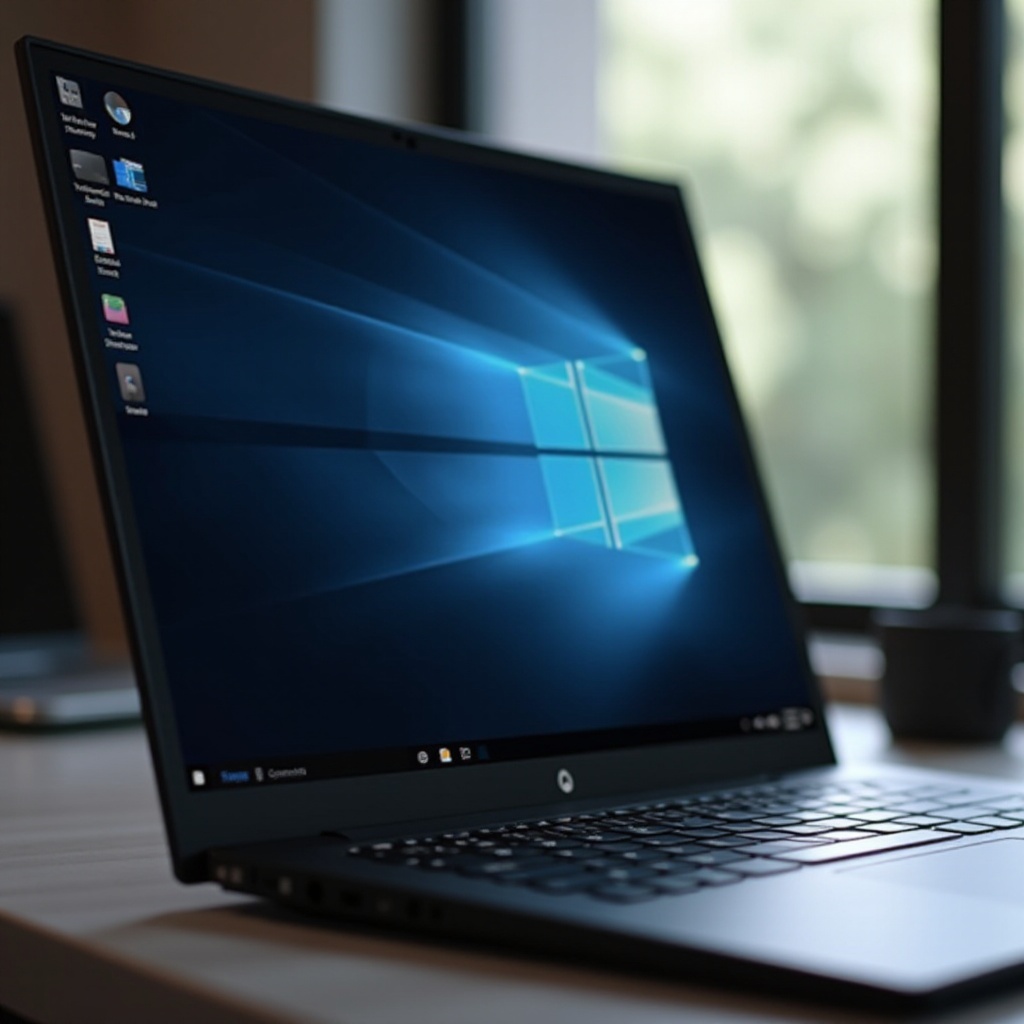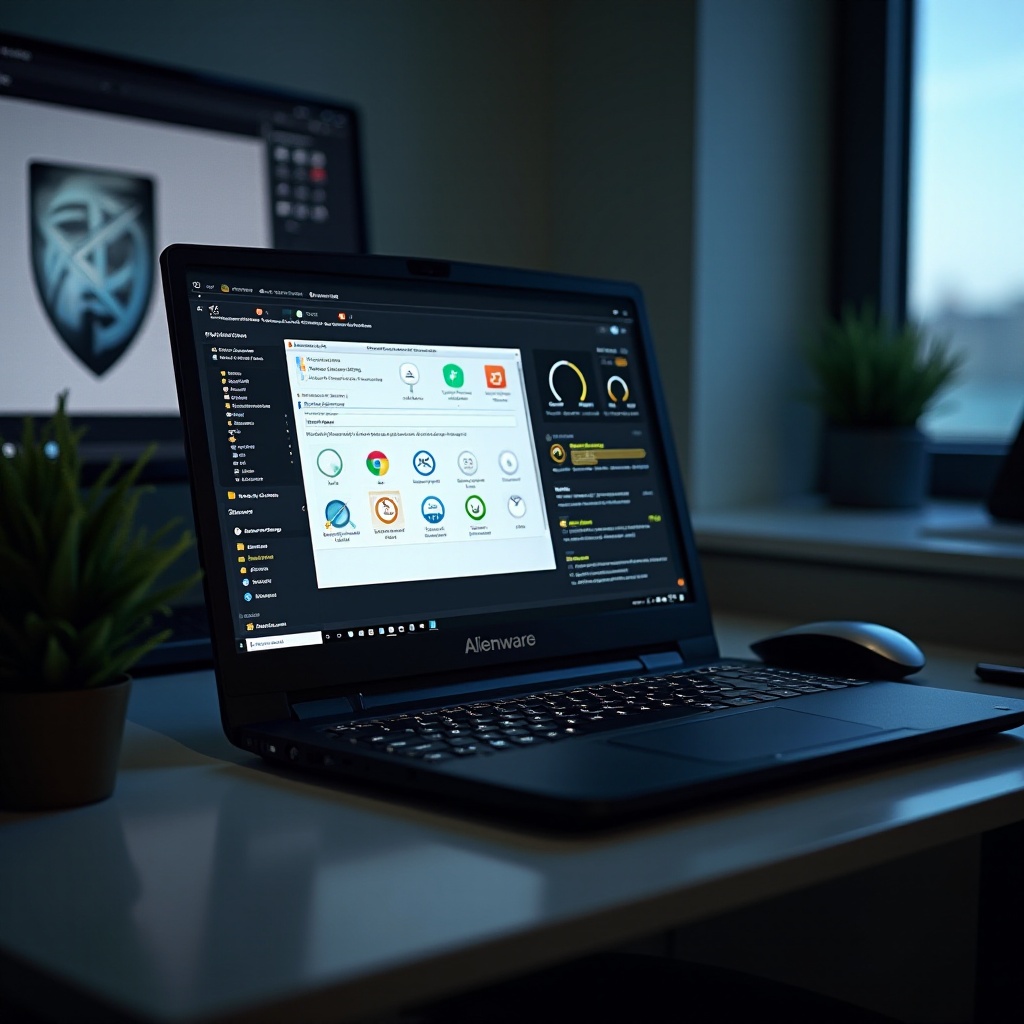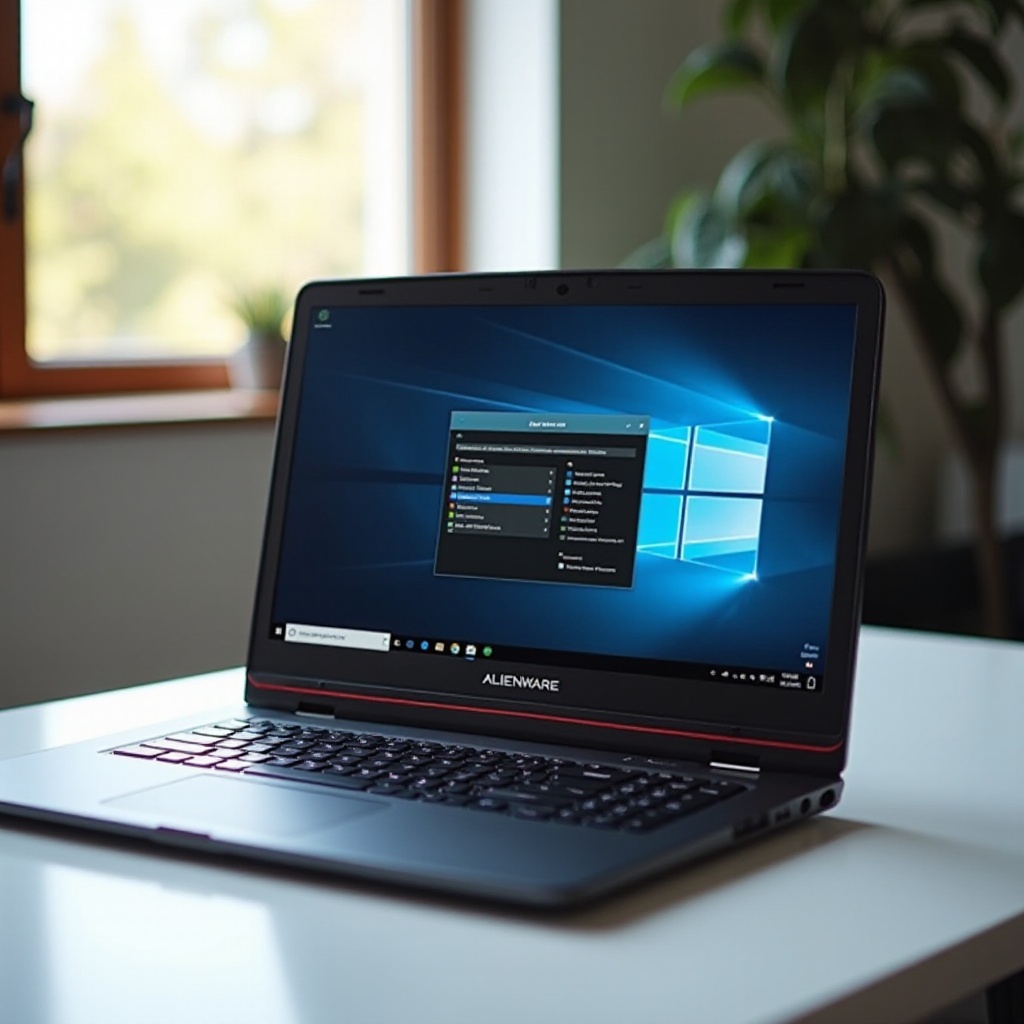Introduction
Experiencing a sluggish user interface on your Windows 11 Alienware laptop can be incredibly frustrating, especially when you’re in the middle of a critical task or an intense gaming session. These high-performance laptops are designed for speed and efficiency, so when they lag, it can be quite baffling. In this guide, we aim to diagnose and address the root causes of a slow UI on your Alienware laptop, providing practical solutions and optimizations. Our goal is to help you get the most out of your investment, ensuring a seamless and responsive user experience.

Common Symptoms and Causes
A sluggish UI on your Windows 11 Alienware laptop can manifest in various ways. Common symptoms include unresponsive menus, delay in opening applications, stuttering graphics, and overall slow system performance. Identifying these symptoms is the first step toward resolving the issue.
Several factors might contribute to this degradation in performance. Malware infections, outdated or incompatible drivers, and bloatware can slow down system processes. Additionally, resource-intensive background applications and insufficient system resources like RAM and storage can hamper performance.
Understanding these common symptoms and causes sets the stage for effective troubleshooting. We’ll start by exploring software troubleshooting techniques, following through with optimization tips, and finally, addressing hardware-related considerations.
Software Troubleshooting Techniques
When dealing with sluggish performance, it’s vital to ensure that the software environment is optimally configured. Here are some essential software troubleshooting techniques:
Checking for Latest Windows 11 Updates
Ensure that your Windows 11 operating system is up to date. Microsoft frequently releases updates that fix bugs and improve system performance. Here’s how:
- Go to Settings > Windows Update.
- Click Check for updates.
- Install any available updates, then restart your laptop.
Updating Alienware and Device Drivers
Outdated or incompatible drivers can lead to performance issues. Alienware-specific drivers need regular updates. You can update drivers as follows:
- Visit the Alienware Support page.
- Enter your laptop’s service tag and download the latest drivers.
- Install the drivers and reboot your system.
Additionally, you can update device drivers via Windows Device Manager.
Managing Background Processes and Startup Programs
Some programs run in the background and consume system resources, leading to a sluggish UI. To manage these processes:
- Open Task Manager by pressing Ctrl+Shift+Esc.
- Navigate to the Startup tab.
- Disable unnecessary startup programs by right-clicking and selecting Disable.
Optimizing these software aspects can significantly improve your laptop’s performance. Next, we’ll delve into practical optimization techniques.

Optimization Tips
Beyond software troubleshooting, applying optimization tips can help maintain your system’s efficiency.
Disk Cleanup and Defragmentation
Over time, your system accumulates unnecessary files that can slow it down. Regular disk cleanup and defragmentation help in managing this:
- Use the built-in Disk Cleanup tool to remove temporary files.
- For HDDs, use the Defragment and Optimize Drives tool.
- SSDs do not require defragmentation but can benefit from optimizing.
Adjusting Performance Settings
Tuning your system’s performance settings can lead to noticeable improvements:
- Right-click This PC and select Properties.
- Navigate to Advanced system settings > Performance Settings.
- Choose Adjust for best performance or create a custom setting tailored to your needs.
Disabling Visual Effects for Better Performance
Windows 11 has several visual effects that, while aesthetically pleasing, can slow down your system. You can disable these for improved performance:
- Go to Settings > System > Advanced system settings.
- Under Performance, choose Settings, then Adjust for best performance.
- Alternatively, you can manually toggle specific visual effects.
By following these optimization tips, your system can operate more smoothly. However, if performance issues persist, the problem may be hardware-related.

Hardware Considerations
Even after software optimization, hardware limitations can affect performance. Here’s how to ensure your hardware is adequately supporting your needs:
Ensuring Adequate Cooling and Ventilation
Overheating can cause significant performance drops. Keep your laptop cool:
- Use a cooling pad to improve airflow.
- Clean air vents and fans to prevent dust buildup.
- Avoid using your laptop on soft surfaces that block ventilation.
Testing RAM and Storage Performance
Insufficient RAM or a failing storage device can lead to sluggishness:
- Use Windows Memory Diagnostic to test your RAM.
- For storage, use built-in tools like Check Disk (chkdsk) or third-party software like CrystalDiskInfo.
Upgrading Hardware Components: Is It Necessary?
If your laptop still struggles despite software and hardware optimization, consider upgrading:
- Adding more RAM can significantly boost performance.
- Upgrading to an SSD (if you have an HDD) improves read/write speeds.
- Evaluate if investing in new hardware is cost-effective relative to your laptop’s age and usage requirements.
These hardware considerations should help you achieve the best possible performance from your Alienware laptop.
Conclusion
Maintaining optimal performance on your Windows 11 Alienware laptop requires a combination of software troubleshooting, system optimization, and sometimes hardware upgrades. By following the steps outlined in this guide, you can address the causes of a sluggish UI, ensuring your laptop remains a powerful tool for both work and play.
Frequently Asked Questions
How can I update drivers on my Alienware laptop?
You can update drivers by visiting the Alienware support page, entering your laptop’s service tag, and downloading the latest drivers. Additionally, Windows Device Manager can be used to update device drivers.
What should I do if Windows 11 updates do not resolve the issue?
If Windows updates don’t help, try updating your drivers, managing startup programs, checking for malware, and optimizing system settings. If the issue persists, consider hardware upgrades.
Is it worth upgrading the hardware on an Alienware laptop?
Upgrading hardware like RAM or storage can be beneficial if your laptop struggles with performance. Evaluate the cost-effectiveness based on your laptop’s age, usage, and specific needs.
